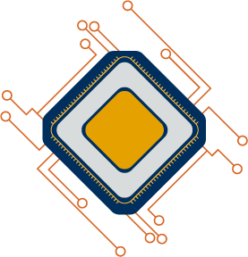In the following section the main conclusions regarding the application of the COMVIK approach to simulations is shown. This is based on points 136 to 138 of G 1/19.
COMVIK approach is suitable for the assessment of simulations
In the Enlarged Board’s opinion of G1/19, the COMVIK approach is suitable for the assessment of computer-implemented simulations. Like any other computer-implemented inventions, numerical simulations may be patentable if an inventive step can be based on features contributing to the technical character of the claimed simulation method.
Underlying models form boundaries which are not technical in terms of the simulation itself
When the COMVIK approach is applied to simulations, the underlying models form boundaries, which may be *technical or non-technical. In terms of the simulation itself, these boundaries are not technical. However, they may contribute to technicality if, for example, they are a reason for adapting the computer or its functioning, or if they form the basis for a further technical use of the outcomes of the simulation (e.g. a use having an impact on physical reality). In order to avoid patent protection being granted to non-patentable subject-matter, such further use has to be at least implicitly specified in the claim. The same applies to any adaptations of the computer or its functioning.
Simulations claimed as part of a design process
The same considerations apply to simulations claimed as part of a design process. A design process is normally a cognitive exercise. However, it certainly cannot be ruled out that in future case there may be steps within a design process involving simulations which contribute to the technical character of the invention. Moreover, “design” is not a clearly defined term, and there may well be software functions that can be associated with or even result in a “design”.
